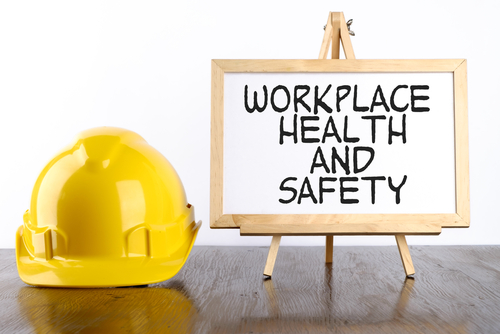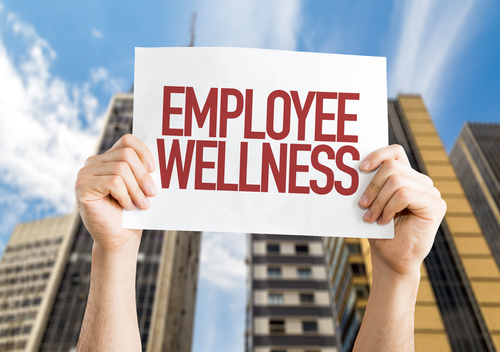When discussing workplace safety, it’s not just about keeping people safe. Workplace safety can help businesses save more money. If workers are safe and happy, they can do their jobs better, and the company can avoid extra costs from accidents.
What are the Tangible Costs of Workplace Accidents?
Tangible costs of workplace accidents refer to the direct, measurable costs that result from accidents and injuries in the workplace. They are often more easily quantified than intangible costs (like pain, suffering, and decreased quality of life).

Here are some of the key tangible costs associated with workplace accidents:
Medical Expenses: This includes immediate medical treatment, emergency care, hospital stays, surgeries, and any necessary follow-up care or rehabilitation.
Compensation Claims: Workers’ compensation claims can be significant, covering medical treatment and a portion of the injured worker’s wages during recovery.
Legal Costs: If an injured employee decides to sue the employer, the company could incur significant legal expenses regarding lawyer fees, court fees, and potential settlement or judgment costs.
Repair or Replacement Costs: If the accident resulted in damaged equipment, machinery, or property, there would be costs to repair or replace them.
Lost Productivity: When an employee is injured and can’t work, there’s a loss in productivity, which can translate to delayed orders, missed deadlines, and overtime costs for other workers.
Increased Insurance Premiums: A company’s accident record can influence insurance premiums.
Training and Replacement: If a harmed employee can’t return to work, there’s the added expense of recruiting, hiring, and training a replacement.
Fines and Penalties: Regulatory bodies might impose fines or penalties if they determine that safety regulations were violated or the employer was negligent.
Downtime Costs: After a severe accident, operations might need to be halted temporarily for investigations, clean-ups, or repairs, which can lead to financial losses, especially if it involves halting production lines or shutting down facilities.
In evaluating the ROI of Safety in the workplace, one might consider the cost of essential certifications, such as how much is a CSCS card and how such a relatively low expense can lead to potential savings in the form of reduced accidents and improved operational efficiency.

What are the Benefits of a Proactive Safety Approach?
Here’s a breakdown of the benefits and the Return on Investment (ROI) of safety:
Reduction in Accidents: By taking preventive measures, there is a direct reduction in workplace accidents and injuries.
Employee Morale: Employees feel valued and protected when they know their safety is a priority; it can boost morale and increase productivity and job satisfaction.
Retention and Recruitment: Companies with good safety records have a competitive edge in recruiting top talent and have higher employee retention rates.
Reduction in Absenteeism: Fewer injuries mean fewer days off work due to medical appointments, rehabilitation, or prolonged medical leave.
Compliance with Regulations: Proactively addressing safety ensures that a company complies with regulations, avoiding fines and penalties.
Reputation Management: A company known for emphasising safety can enjoy a good reputation among clients, stakeholders, and the general public.
Lower Insurance Premiums: Fewer accidents can translate to lower workers’ compensation premiums and other insurance costs.
Reduction in Litigation Risks: With fewer accidents, there’s a decreased risk of legal actions against the company.
ROI of Safety: How It Impacts the Bottom Line

Direct Cost Savings: Every dollar saved from preventing an accident impacts the bottom line, which includes savings from medical expenses, compensation payments, legal fees, and equipment repair or replacement.
Enhanced Business Opportunities: Some clients or partners prefer to work with companies that have an excellent safety record, especially in sectors like manufacturing, construction, and energy.
Long-term Financial Health: The accumulated savings from avoiding accidents, litigations, and fines, combined with increased productivity and potentially enhanced business opportunities, can contribute to a company’s long-term financial health and growth.
The ROI of safety is multifaceted. While these tangible costs are significant and can have a major financial impact on a company, intangible costs like damage to its reputation, low employee morale, and the suffering of the injured worker and their family are equally impactful, though harder to quantify.





